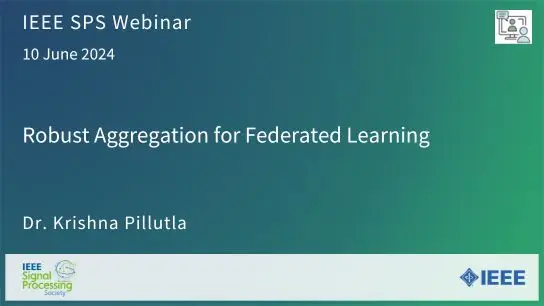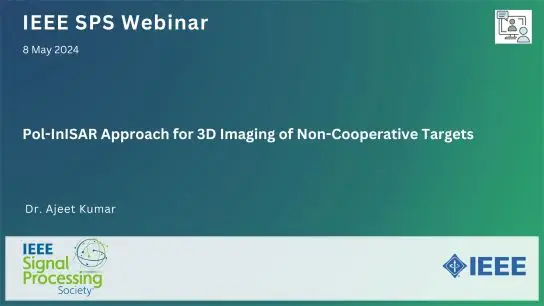DEPTH PRUNING WITH AUXILIARY NETWORKS FOR TINYML
Josen Daniel De Leon, Rowel Atienza
-
Members: FreeSPS
IEEE Members: $11.00
Non-members: $15.00Length: 00:12:01
11 May 2022
Pruning is a neural network optimization technique that sacrifices accuracy in exchange for lower computational requirements. Pruning has been useful when working with extremely constrained environments in tinyML. Unfortunately, special hardware requirements and limited study on its effectiveness on already compact models prevent its wider adoption. Depth pruning is a form of pruning that requires no specialized hardware but suffers from a large accuracy falloff. To improve this, we propose a modification that utilizes a highly efficient auxiliary network as an effective interpreter of intermediate feature maps. Our results show a parameter reduction of 93% on the MLPerfTiny Visual Wakewords (VWW) task and 28% on the Keyword Spotting (KWS) task with accuracy cost of 0.65% and 1.06% respectively. When evaluated on a Cortex-M0 microcontroller, our proposed method reduces the VWW model size by 4.7x and latency by 1.6x while counter intuitively gaining 1% accuracy. KWS model size on Cortex-M0 was also reduced by 1.2x and latency by 1.2x at the cost of 2.21% accuracy.



